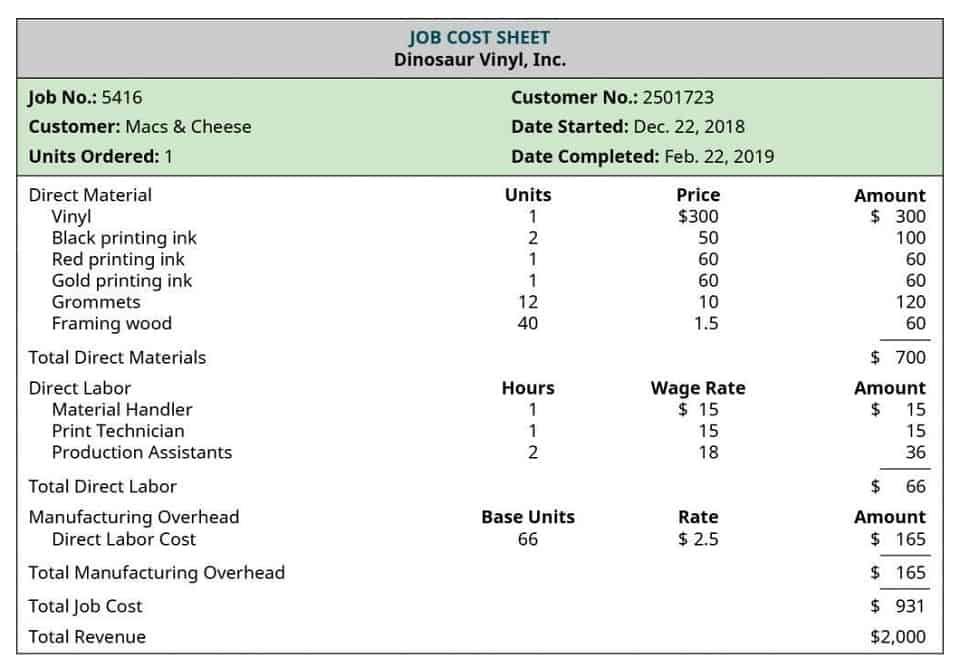Bookkeeping for Small Businesses and Individuals in NY, NJ, CT and Virtual Offices Executive Bookkeeping Services, LLC

Online job boards can be helpful when researching in-demand skills for bookkeepers and common qualifications. Lead with your qualifications and skills, followed by professional experience. This is especially true if you have yet to build professional experiences. Training and experience are key to becoming a bookkeeper since college degrees are optional in this profession. Find opportunities to acquire training and build critical skills in bookkeeping. The purpose of recording a transaction twice is to ensure accuracy and reconciliation at the end of a designated period.
800Accountant: Best for tax support

All in all, bookkeeping simply means tracking your business’s expenses and income. There are a variety of methods for this, including single-entry and double-entry systems. Petty cash bookkeeping is a single-entry system that simply records the total amount of money you have in your petty cash drawer. If you’re using an actual cash box for this, it’s best to keep track of each entry. This way, you can determine how much change remains at the end of the day. Petty cash is a small amount of money that your business uses for different purposes throughout the day.
Ведение аудиозаписи (Audio recording)

These rules help manage finances in a transparent, truthful, and consistent way. While the basics of accounting haven’t changed in over 500 years, the practice of bookkeeping has. Bookkeeping was once done manually using actual books called journals and ledgers. Because bookkeeping is based on double-entry accounting, each transaction affects two accounts — one gets debited and the other is credited. When first starting out, market yourself as a professional who is well-versed in managing accounts, reconciling transactions, providing financial overviews and balancing budgets.
- This experience allowed me to understand how my body reacts to new foods and environments, presenting a valuable learning opportunity.
- This method records both invoices and bills even if they haven’t been paid yet.
- Although accounts receivable, accounts payable and payroll do impact your books, some of these tasks can be managed by a person in your company other than your bookkeeper.
- Bench’s Essential plan is $249 a month and includes monthly bookkeeping and a dedicated bookkeeping team.
- It also includes more advanced tasks such as the preparation of yearly statements, required quarterly reporting and tax materials.
Bookkeeping for Your Small Business
The specific answer to this question can vary somewhat depending on the extent of bookkeeping services your company needs, and how often you require the services of a small business bookkeeper. For full-time bookkeepers, the average annual salary sits around $77,000, according to Glassdoor. Do you have more questions about the bookkeeping process for small businesses?
How A Bookkeeping Service Benefits Your Business?
Every client engagement starts with a one-on-one consulting session with our founder and president, Donna Brock, and Donna remains personally involved in every project for as long as you remain a client. We’ve also built a network of attorneys, accountants, bankers, and technology professionals who are eager to work with our clients to help make their businesses grow. IgniteSpot Accounting boasts a more personalized approach https://www.bookstime.com/articles/church-payroll to outsourced accounting services. Its bookkeeping packages include certified virtual bookkeepers and a dedicated accountant for your business. There are several online bookkeeping services available, but we’ve identified the best in terms of pricing, features, and quality of service. Fortunately, small business owners don’t need to be experts in mathematics to find success when doing their own bookkeeping.
How often do you want to communicate with your bookkeeper?

No matter what system you implement, incorporate a practice of reconciliations, by comparing the numbers in your system to the source records, like bank statements, receipts, and invoices. This habit improves communication, boosts transparency with your bookkeeping team, and promotes longevity and compliance. Efficient bookkeeping involves professional bookkeeping service foresight, meaning that a business should always plan for upcoming financial events, including tax time. Good preparation and documentation are critical for paying taxes (including payroll taxes) on time. When you first begin the bookkeeping journey, collect everything you have that could be relevant to establishing financial history.
Planes grounded as mass worldwide IT outage hits airlines, media and banks
How To Start A Bookkeeping Business (2024 Guide)
- QuickBooks and other bookkeeping software give you a tool to do your own bookkeeping.
- Running a small business comes with many responsibilities—and keeping accurate financial records is one of them.
- These custom reports will enable businesses to analyze their expenses and revenue in a much better way.
- The decision comes down to whether the time saved is worth the expense.
- KPMG Spark is a fully online bookkeeping service that offers easy onboarding and integration with your bank.
- All these plans are for businesses with up to $20,000 in expenses using the cash accounting method.
- No assurance is given that the information is comprehensive in its coverage or that it is suitable in dealing with a customer’s particular situation.




